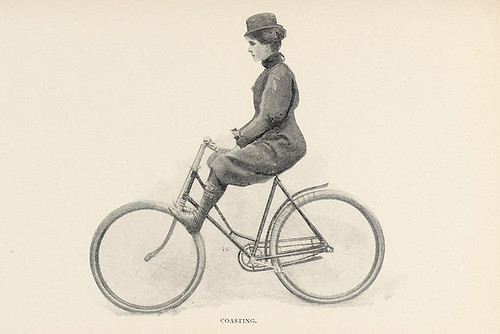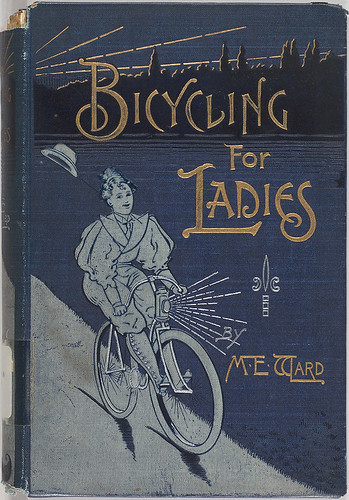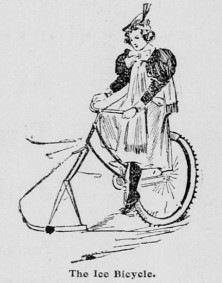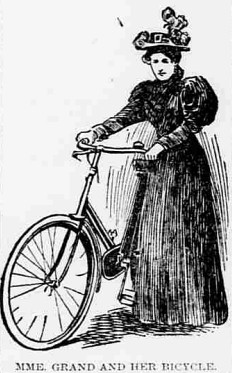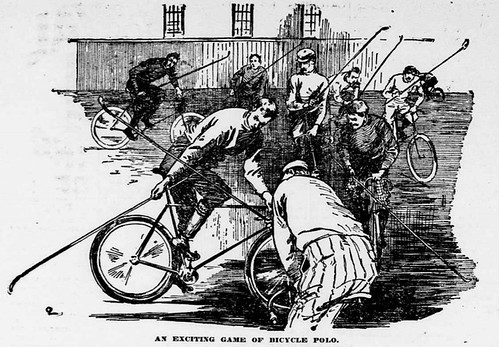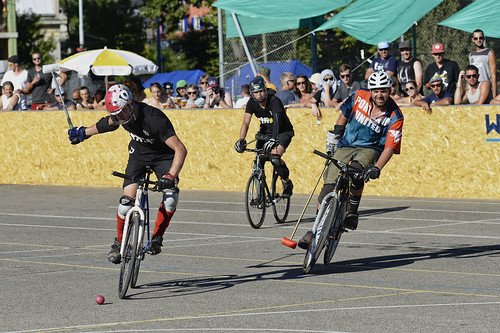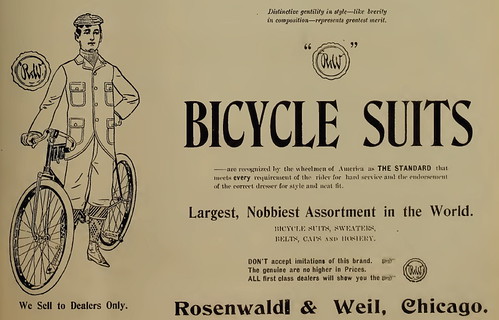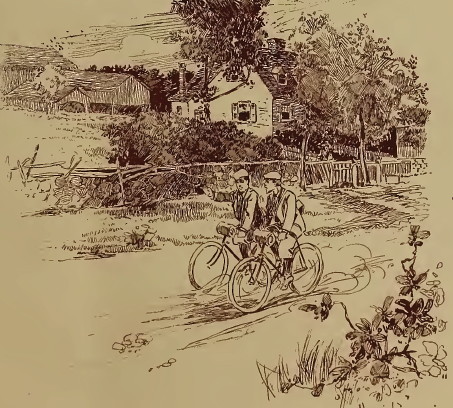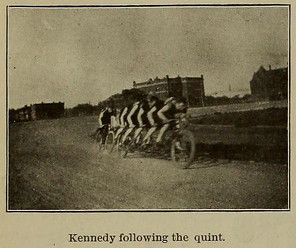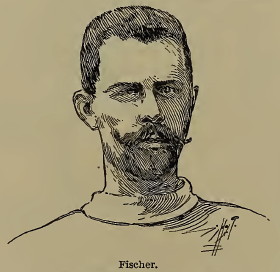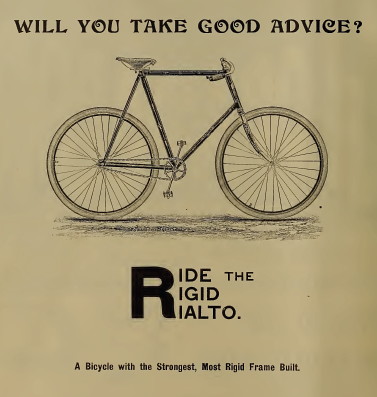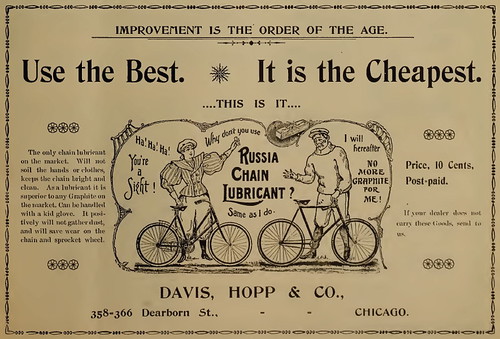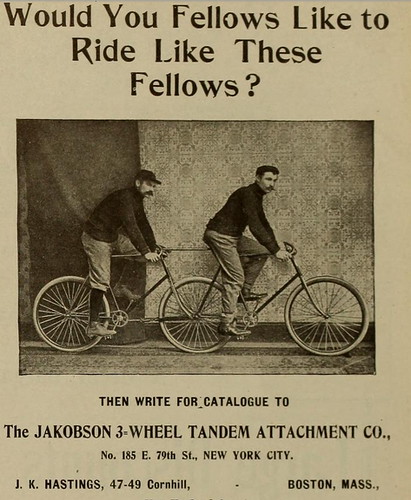
Stormer bicycle poster from the Library of Congress
"As good as money can buy" - from the Acme Manufacturing Co. of Reading, PA. Stormer is referred to as the "model" name rather than the brand of the bicycle.
Title The Stormer Bicycle Recommends Itself
Date Created/Published Cincinnati & New York : Strobirde & Co. Lith., 1896.
Medium 1 print (poster) : color ; 213 x 102 cm.
Summary Young woman in plaid dress rides a Stormer bicycle.
Reproduction Number LC-USZC2-131 (color film copy slide) LC-USZ62-24633 (b&w film copy neg.)
Call Number POS - ADV. 19th c. - Bicycles. S778, no. 8 (in 3 parts) (D size) [P&P]
Library of Congress http://www.loc.gov/pictures/item/2002719901/
As usual with digitized posters, this was digitized not from the original but from a color transparency (slide) made of the original some years ago. The quality of the digital image, if you look closely, is not great if you wanted to print a version, but otherwise fine.
I don't know why the Library hasn't made the images readily downloadable offsite - the item is clearly labeled as published in 1896. I created this JPEG directly from the TIFF and didn't use the relatively low resolution JPEG provided on site at LC.
I don't find much mention of the Stormer Bicycle in digitized newspapers of the time, although the Washington Times includes one in a weekly list of stolen bicycles from Washington DC (!).
Washington Evening Star, September 19, 1896, Page 18
BICYCLES STOLEN - Theft of Nine Wheels Reported During the Week.
During the week ending yesterday the theft of nine bicycles was reported at the police headquarters. At this rate it would seem as though on an average 500 wheels are made away with by unscrupulous persons a year, and, in spite of the rewards and the efforts of the police, a large percentage are never found. Thieves have found bicycle stealing to be a profitable and easy business, owing to the owners leaving them unguarded and unlocked. It is almost a matter of impossibility for policemen to trace stolen wheels unless the latter posses some marked peculiarities. The victims during the week are:
George D. Harning, Central building, 9th street and Pennsylvania avenue, Fowler bicycle. No. 22951.
Ernest H. Elliot, 145 Q street northwest, Victor bicycle, No. 88679.
Wade Luckett, 66 H street northwest. Telegram bicycle. No. 8753.
Willis A. Madden of Howard University, Stormer bicycle, N. 26278.
Horace H. Brower, 9A 9th street. a Horseman bicycle. No. 3336.
Harry W. Higham, Jr., 476 Pennsylvania Avenue northwest, Wilhelm bicycle. No. 242.
Fred Busch, Florida avenue northwest. Crescent bicycle, No. 188727.
A. G. Randall, 800 A street southeast. Wilhelm bicycle, No. 26771.
Allan Baeschlin, 1826 Half street northwest, Elmore bicycle.
Although it is stated that the bicycles are not easily identified, numbers are given for all but one - are these serial numbers or license numbers? Not sure. I suppose mostly like serial numbers.
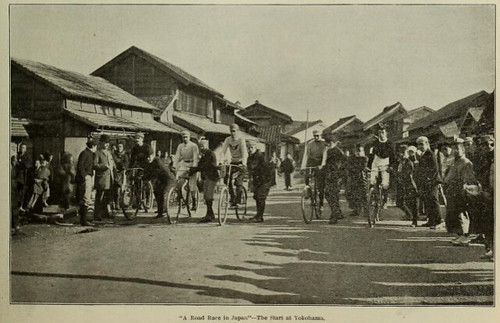
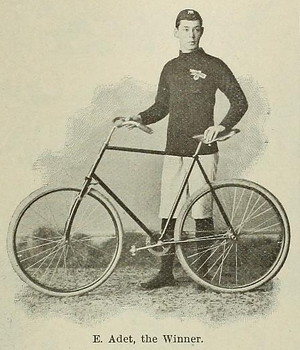
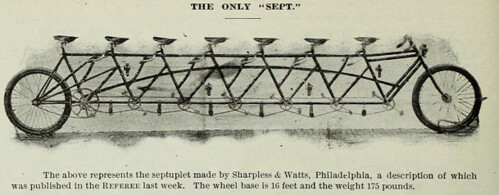
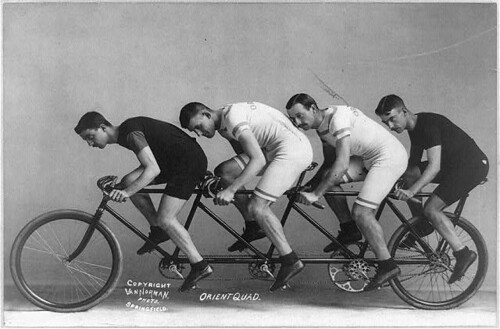
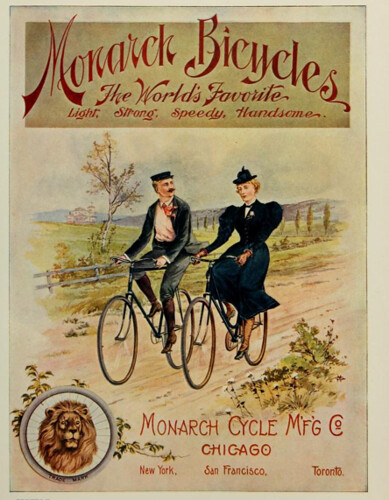
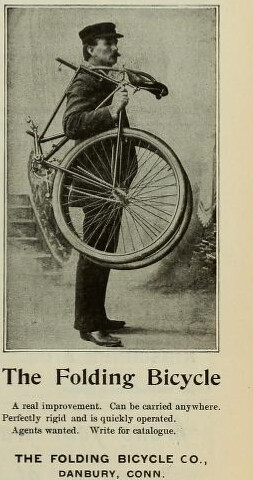

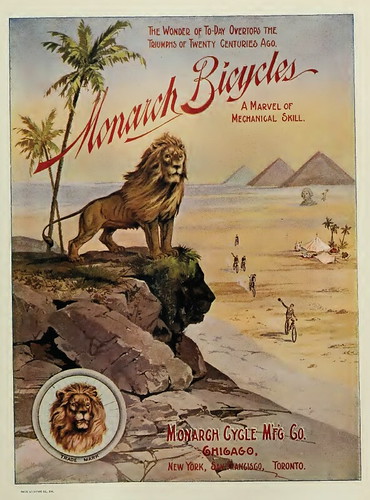

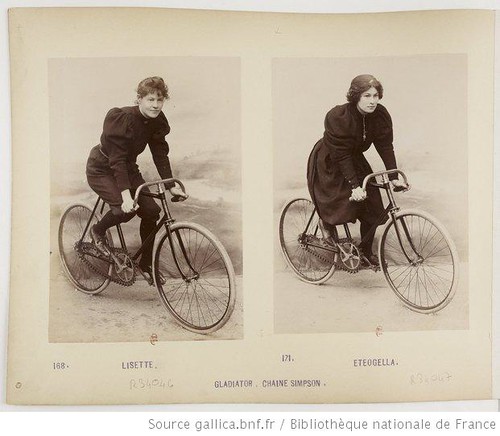
![Ride a Stearns [bicycle] and be content (1896)](http://farm9.staticflickr.com/8098/8486472025_27bf720e83.jpg)
